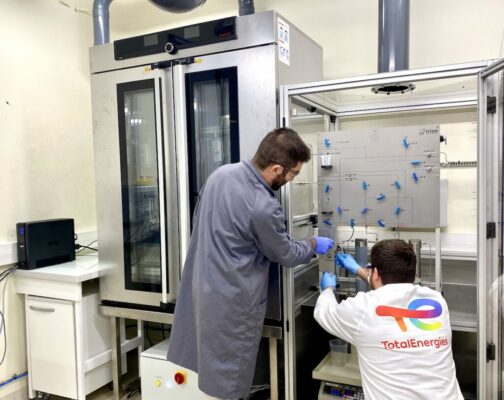HPHT Test Bench for Carbonation Studies in Corrosive Media
For its advanced research, a major energy company commissioned IRIAN MECATRONICS to design a unique HPHT test bench. The objective was to develop a multi-channel system for carbonation studies, capable of operating up to 140 bar and 130°C. Our solution consists of a custom frame integrated into an existing oven, controlling 6 parallel “slim tubes” for high-precision differential pressure measurements.
The client needed to study the flow of CO2-laden water through “slim tubes” to simulate carbonation phenomena under HPHT conditions. The main challenge was to measure very small pressure variations with high accuracy in a highly corrosive environment.
Corrosive HPHT Conditions: The system had to operate at up to 140 bar and 130°C with aggressive fluids (saltwater, CO2), posing a risk of accelerated corrosion for standard steels.
Very High Measurement Precision: The process, involving very low flow rates, required pressure sensors with extreme accuracy and resolution (0.01 bar) to detect minute pressure drops.
Complex Integration: The entire hydraulic circuit (6 “slim tubes,” valves, etc.) had to be integrated onto a custom frame inside an existing oven (Memmert UF750plus), with constraints on space and wall feedthroughs.
Automation & Control: The client wanted to control the entire process (pumps, valves, acquisition) from a single interface, with the ability to program automatic sequences.
Our engineering department met the challenge by focusing on material selection, instrumentation accuracy, and software integration.
Material Design: Facing the risk of corrosion (due to the combination of saltwater, CO2, and temperature), we recommended and implemented a solution where all wetted components (tubing, valve bodies, sensors) are made of Hastelloy C-276. This choice ensures the equipment’s durability and the purity of long-term measurements.
High-Precision Instrumentation: For the critical pressure measurement, we selected Keller LEX1 sensors with a Hastelloy diaphragm. These sensors provide an accuracy of 0.05% and a resolution of 0.01 bar, making it possible to quantify the smallest differential pressure variations between the “slim tubes.”
Mechanical and Software Integration: We designed a modular aluminum frame to support the 6 “slim tubes” and the valve manifold inside the oven. The entire system is controlled by a PLC and a Human-Machine Interface (HMI) developed in LabView, allowing the operator to control the pumps, and automatic valves, and record all data.

